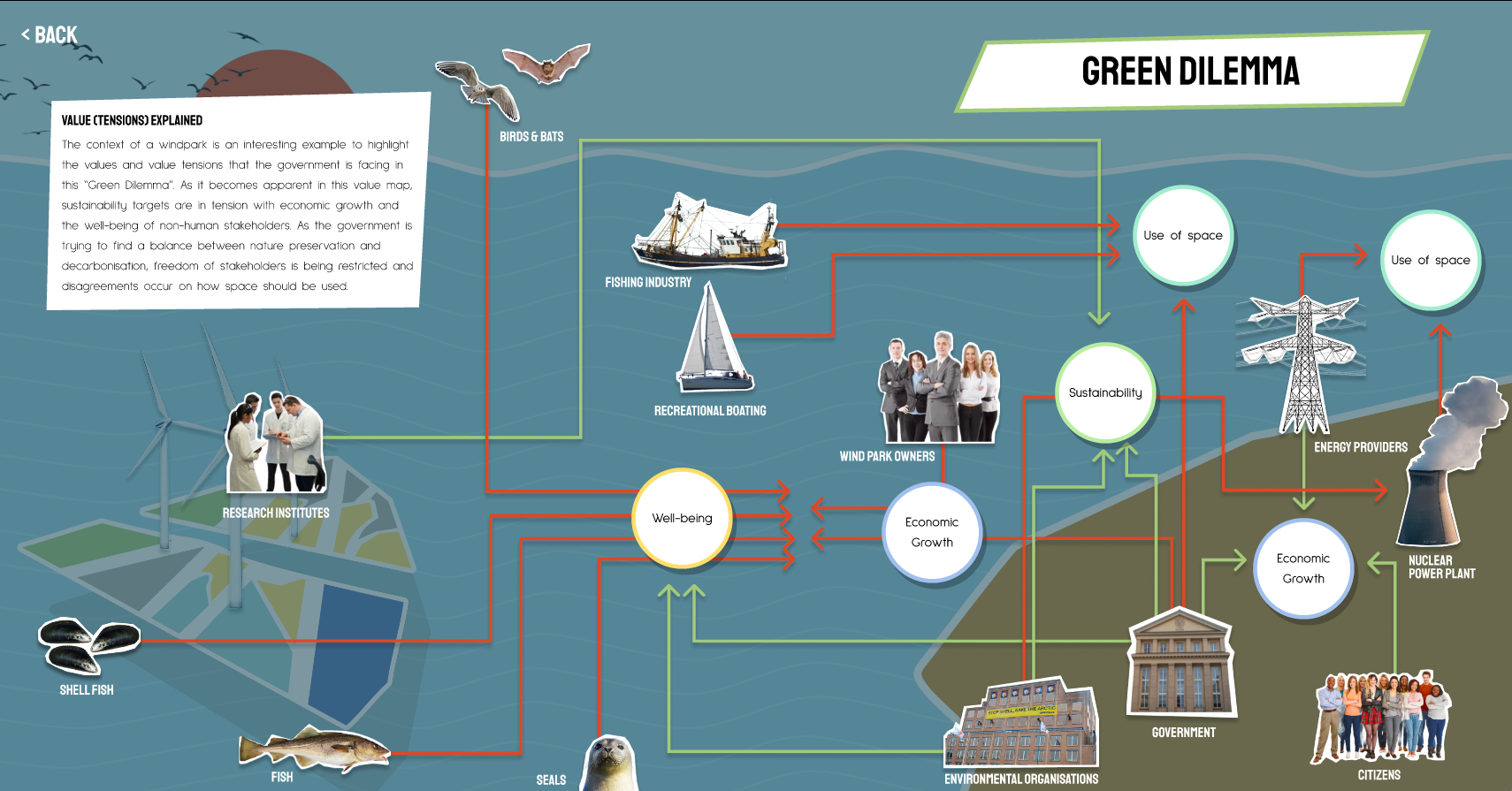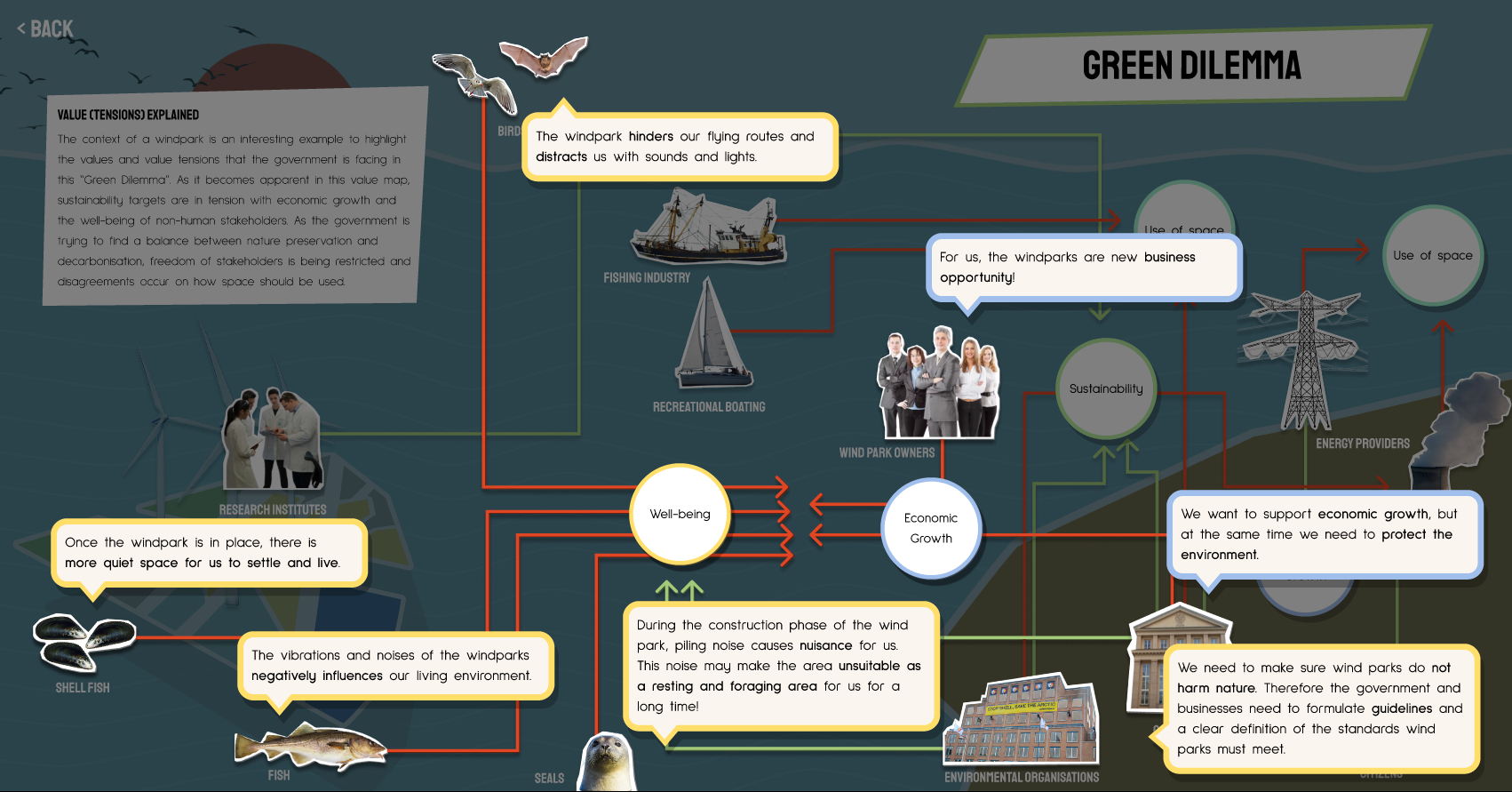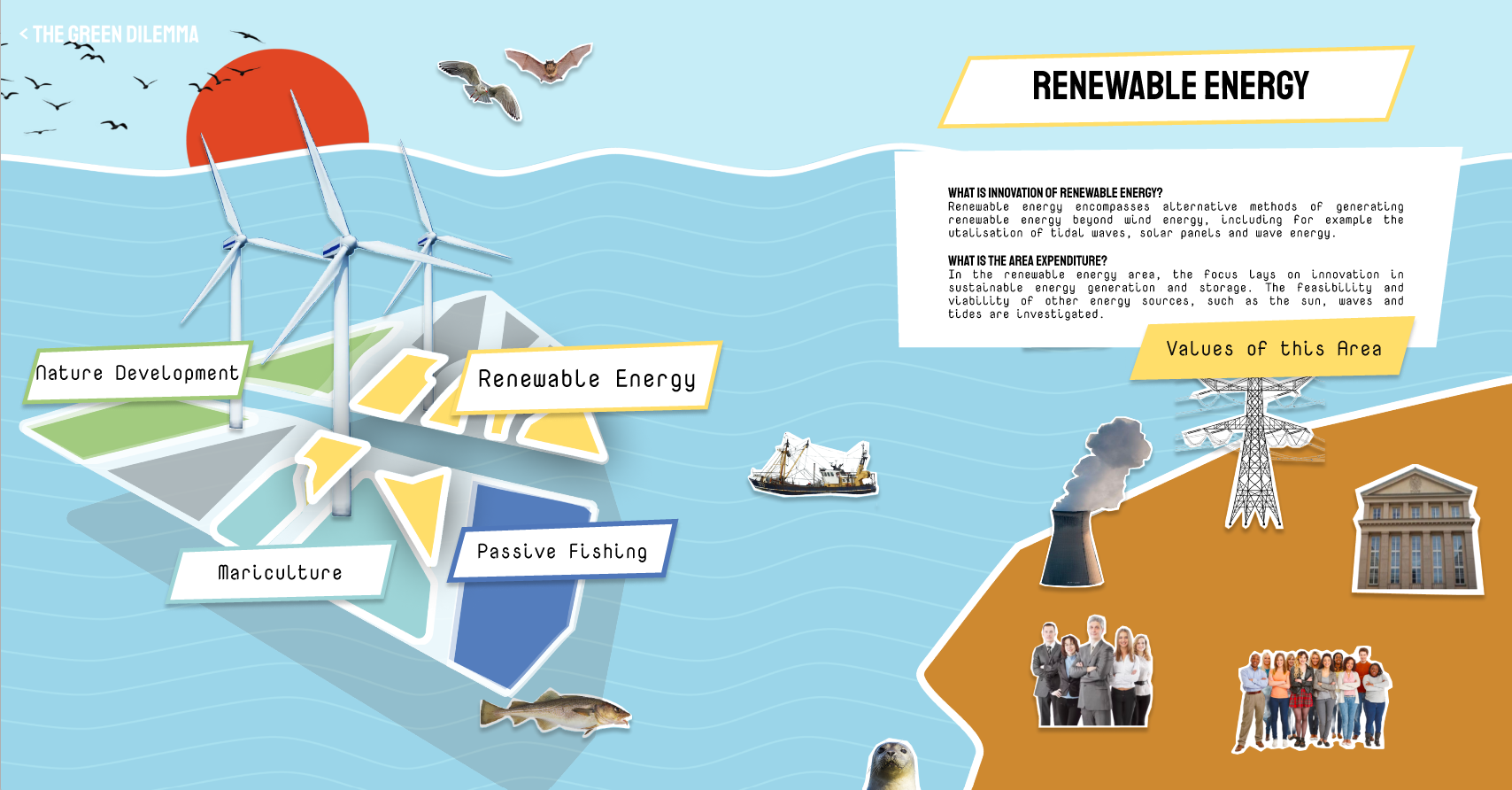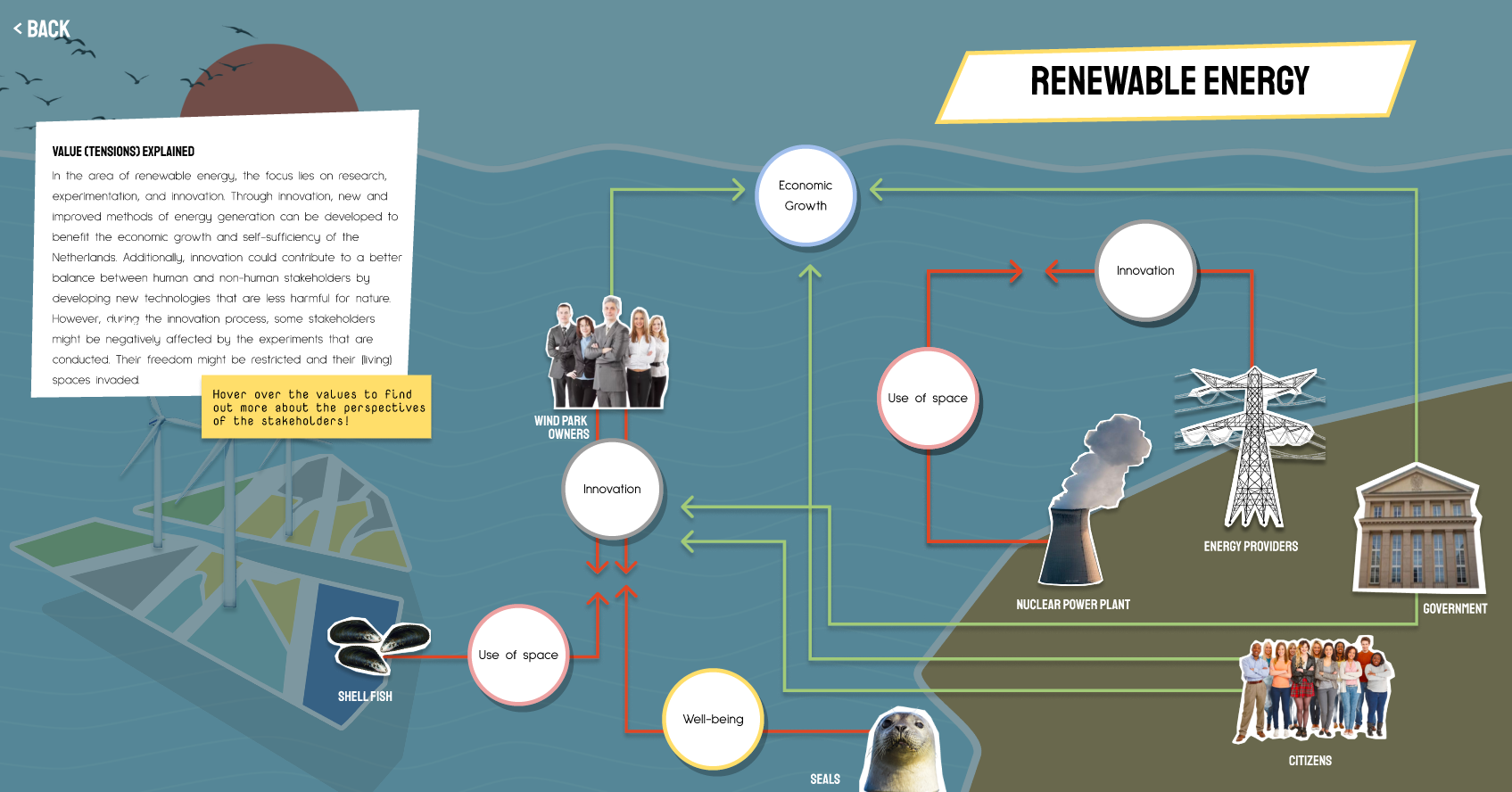Navigating the Green Dilemma: Understanding Stakeholder Values in the Borssele Wind Park





In a world facing the urgent need for sustainable energy solutions, the Netherlands has found itself at the center of a 'Green Dilemma'. The construction of wind parks along the Dutch coastline, accelerated by efforts to combat global warming, has raised questions about their impact. This is because the Green Dilemma involves a complex web of stakeholders, each with their own interests and values.
The Borssele offshore wind energy area, located in the North Sea, serves as a crucial case study. It is the first of its kind, exploring the concept of shared space utilization, where initiatives within mariculture, nature development, passive fishing, and renewable energy coexist in the wind park. For example, initiatives such as growing seaweed have sparked the interest of energy providers as a possible future energy source, indicating the potential for shared value.
The contribution of the value map lies in its ability to illustrate the interests, value alignments,and value tensions among diverse stakeholders in the Borssele wind park. It provides a visual representation of the complexities associated with the wind park, showing us that it is not a one-size-fits-all solution.
The map visually synthesizes the green dilemma, using the context of the Wind Park Borssele (fig. 1). By clicking on the Green Dilemma box, the different stakeholders are shown with their related values and their tensions in a map (fig. 2). By hovering on the different elements, more information is given (fig. 3).
Going back to the initial view of the map (fig. 1), the representation of the wind park is divided into four areas: Nature Development, Renewable energy, Mariculture, Passive fishing. By selecting each one of them a description is given (fig. 4) and by continuing to the “values of this area” another visual mapping stakeholders of the specific area appears (fig. 5). With the same hovering mechanism, other values and tensions are explained.
The map of wind park Borssele can be used to formulate value-driven transitions that consider the interests of all stakeholders. By studying the value map, impact makers, such as designers, citizens or governmental institutions, can comprehend the diverse interests of the various stakeholders, along with how these values can either align or create tension with one another. This would facilitate the formulation of value-driven transitions that balance environmental preservation, economic growth, and societal well-being. Consequently, the value map becomes a tool for shaping a more sustainable future that respects the values and interests of both human and non-human actors.
The Borssele wind park is an intriguing case study that serves as an element of the larger global effort to transition to sustainable energy sources. As we navigate this Green Dilemma, the value map offers a roadmap towards finding that optimal balance that benefits all stakeholders involved. It is giving a voice to all human- and non-human actors. Furthermore, it is important to understand the values of all stakeholders and how their interests interact to solve the Green Dilemma and build a more balanced future. The value map of wind park Borssele is a valuable resource in this dilemma, shedding light on a complex issue that has far-reaching implications for energy transitions worldwide.
